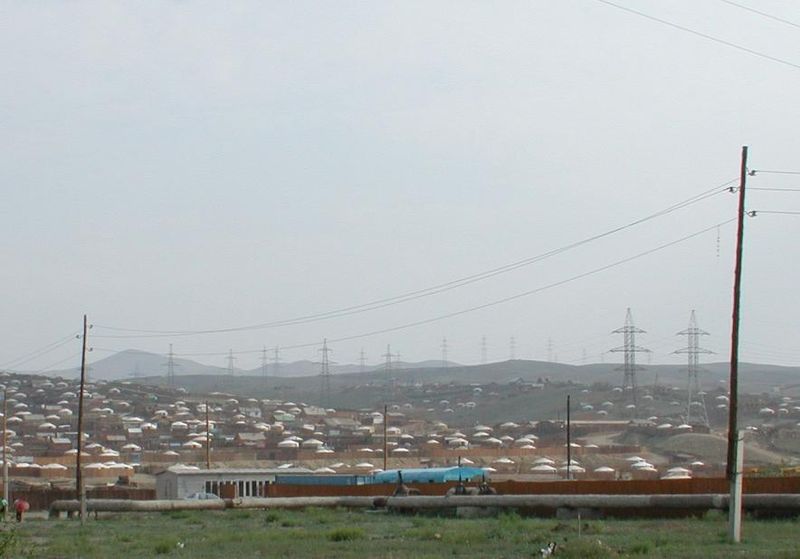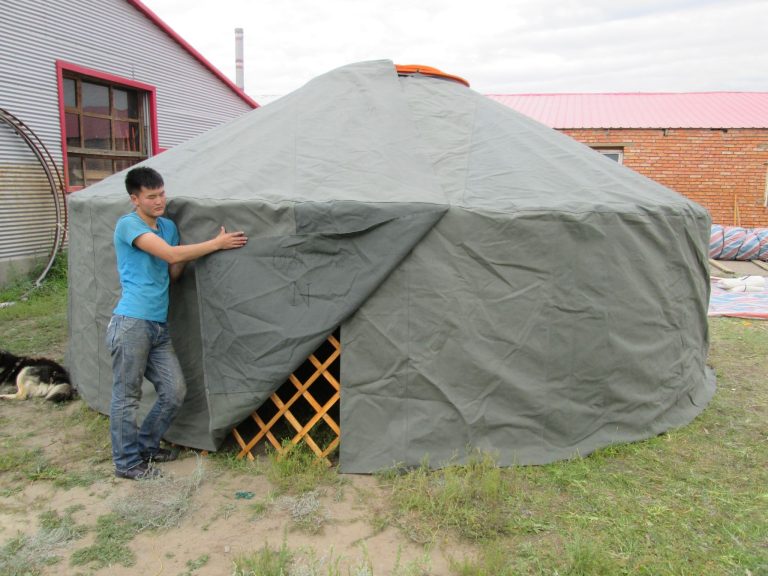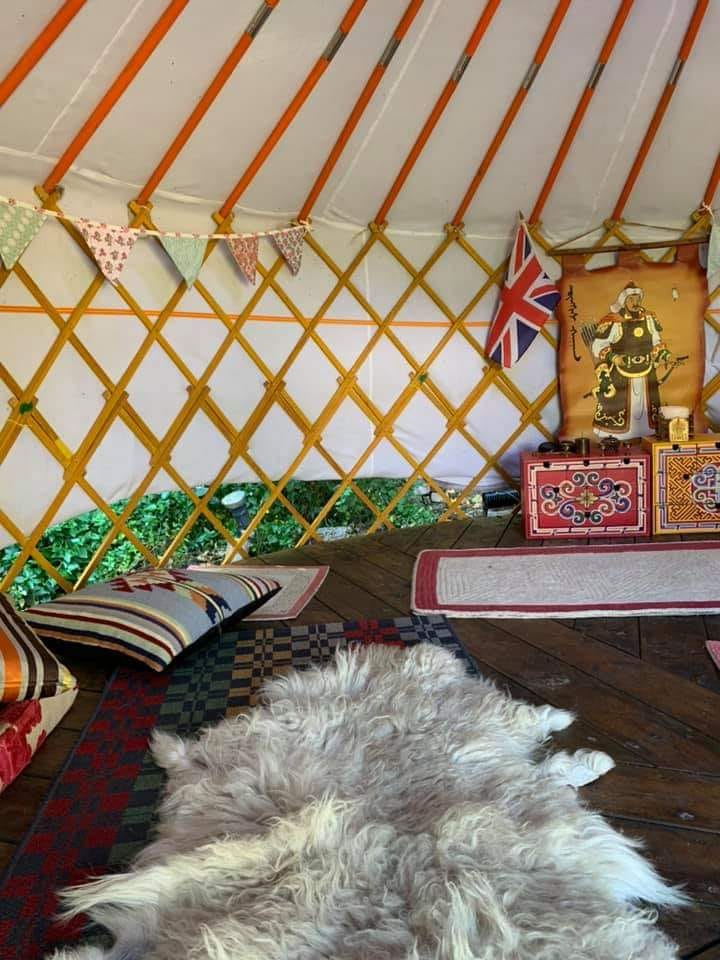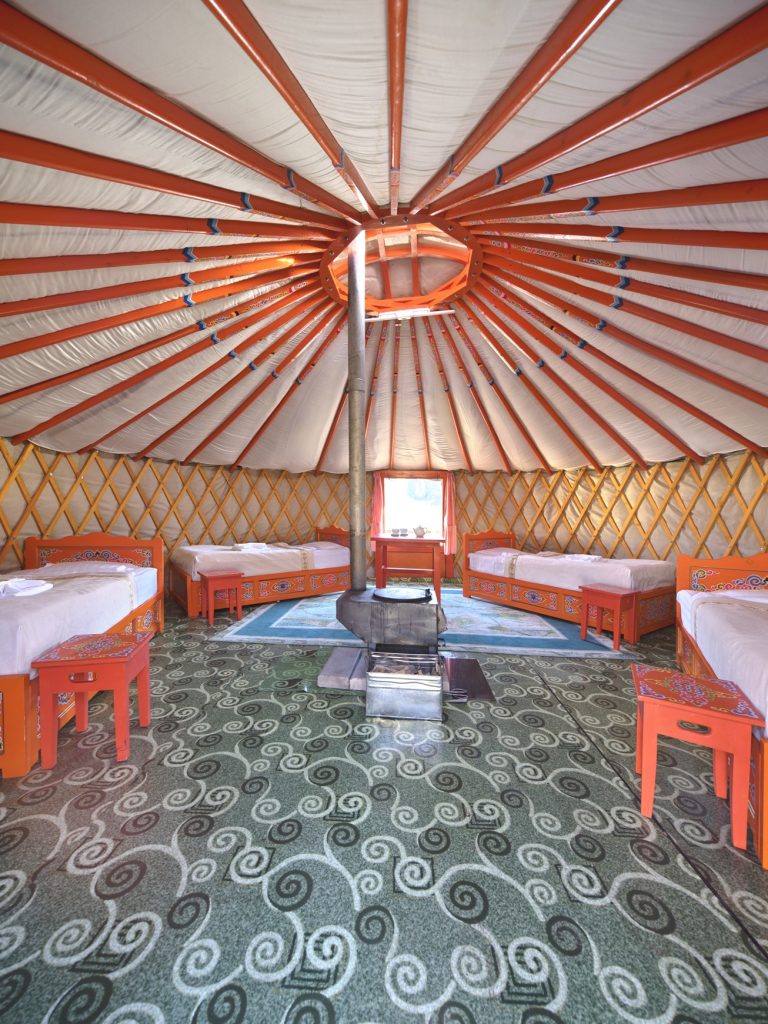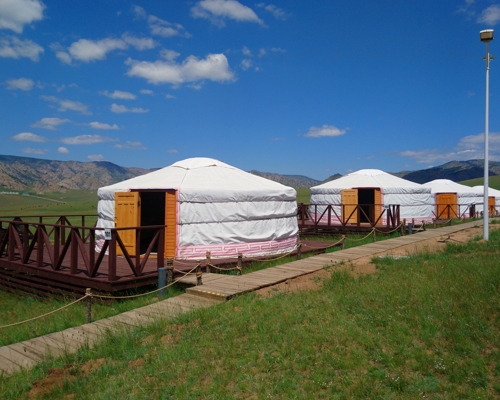What is The Ger District of Ulaanbaatar?
The Ger district lies on the outskirts of Ulaanbaatar and is home to upwards of 60% of the capital city’s population. Migration to Ulaanbaatar has increased the population by 55% over the past fifteen years. Today, more than half of residents, over 850,000 people live in ger districts that mainly burn coal and wood to stay warm, intensifying air pollution. This is one of the primary reasons why Mongolia is one of the most polluted cities in the world.
In the Ger District, there are two main dwelling types: gers and houses. Houses are generally built from bricks and wood. Different households are separated from each other with a fence called hashaa.
Life in The Ger Districts
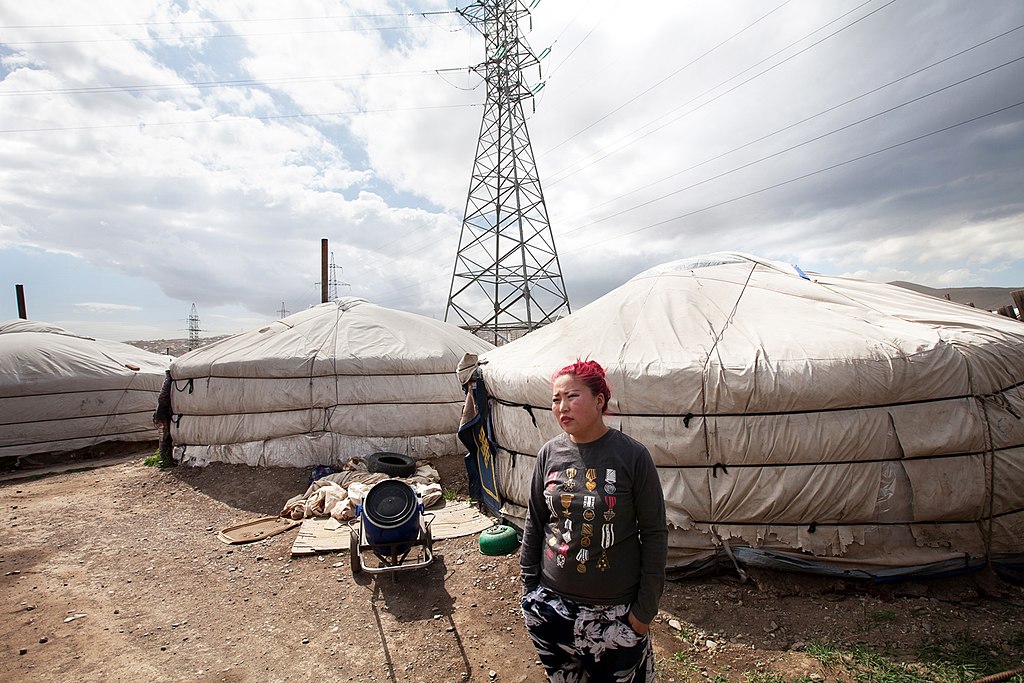
Housing in these districts is marked by the stark simplicity of traditional Mongolian gers, providing shelter but often lacking essential amenities. The absence of paved roads and central heating, coupled with a nonexistent sewage system, paints a somber picture of living conditions. Families, many having migrated from the countryside, grapple with an unplanned and chaotic urban landscape.
Access to clean water is a daily struggle, with residents dependent on public wells for their drinking water. Sanitation facilities are basic at best, with pit toilets serving as a stark reminder of the lack of fundamental infrastructure.
Winter, instead of being a cozy season, transforms into a harsh reality. Wood and coal-burning stoves inside gers become both a lifeline for warmth and a source of air pollution. The consequences are serious, posing significant health risks to the very fabric of these communities.
Economic challenges further compound the difficulties of life in the Ger districts. Limited job opportunities and modest incomes characterize the struggle for survival. The affordability of housing, while attracting migrants, also underscores the economic disparities that permeate these settlements.
The Main Issues in the Ger Districts?
Air Pollution:
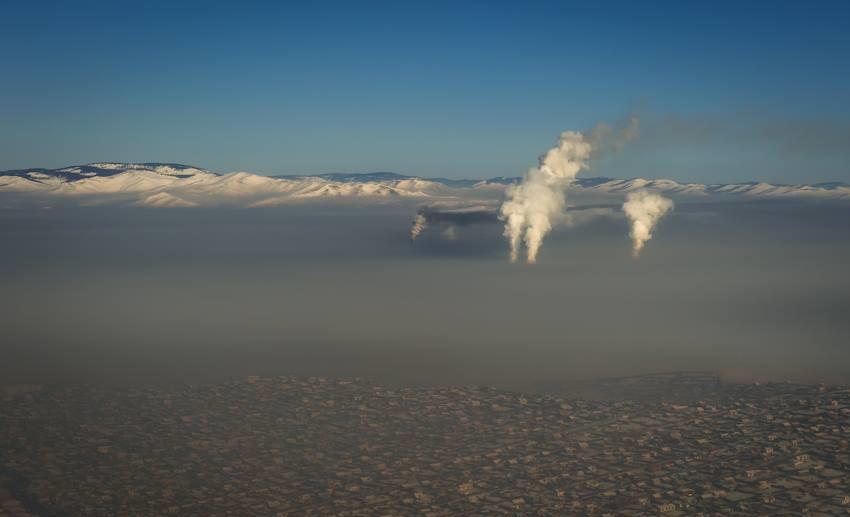
The Ger District experiences severe air pollution due to the burning of coal and wood for heating purposes. With over 800,000 residents relying on these fuel sources, the air quality in Ulaanbaatar suffers, making it one of the most polluted cities globally.
This is especially bad during the winter months when people who live in the Ger District have to burn whatever is available to survive, from rubber to certain materials that are harmful to breathe.
Soil and Water Pollution:
The absence of a centralized and reliable water supply system exposes the community to pollutants and contaminants.
Sewage runoff, improper waste disposal, and the lack of proper sanitation infrastructure all play contributing roles in compromising the water quality. As a result, the very source of sustenance becomes a potential source of illness, adding an extra layer of hardship to daily life.
The repercussions of soil pollution extend beyond the immediate environment. Contaminated soil affects the quality of produce grown locally, posing risks to the health of those who rely on homegrown vegetables and fruits. As the soil absorbs pollutants, the potential for long-term environmental damage and health hazards for the community becomes increasingly alarming.
Overpopulation:
Internal migration to Ulaanbaatar has resulted in a significant increase in the Ger District’s population, leading to overpopulation and subsequent challenges such as rising apartment prices and traffic congestion.
It is estimated that upwards of 60% of the capital city’s population resides in the Ger Districts. Over the past fifteen years, internal migration to Ulaanbaatar has led to a 55% increase in the population.
Possible Solutions
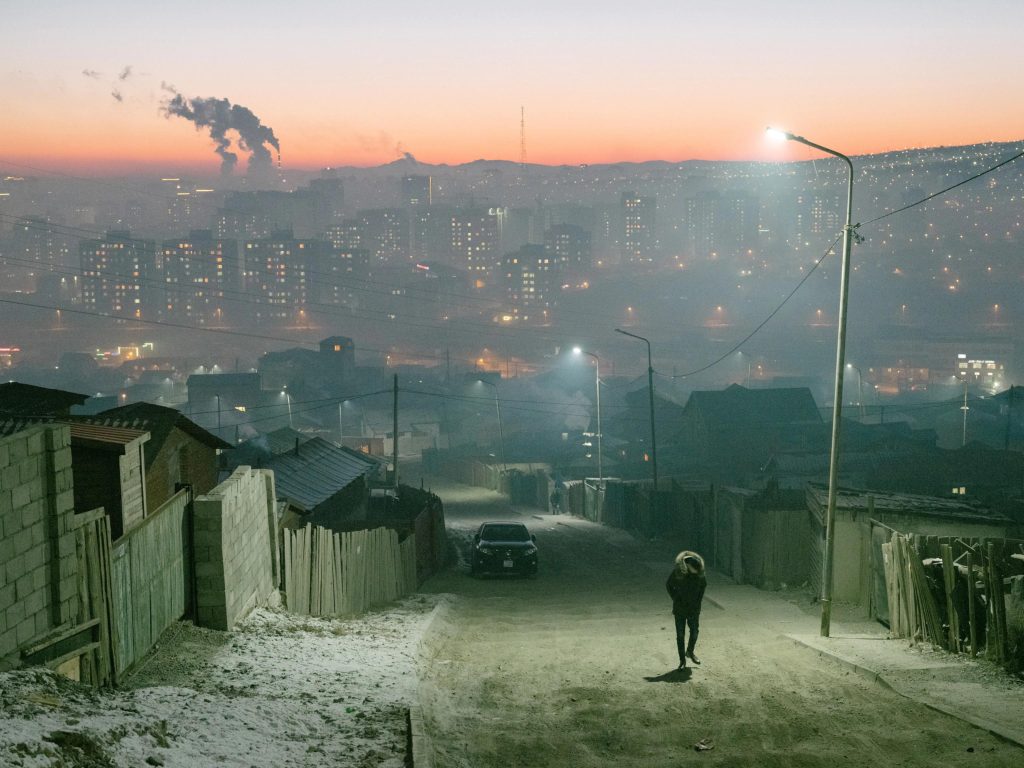
Credit: https://www.reddit.com/r/UrbanHell/comments/vqxdb8/ulaanbaatar_mongolia/
As the urban and rural differences grow, inequality grows as well. That is why it’s crucial to address these issues early on. There is indeed no quick solution. The Government has been discussing the re-planning of the Ger district as well as implementing the use of improved coal, such as semi-coke briquettes, and has banned the use of raw coal beginning in 2019.
For the short term, increasing the awareness of the residents is important. The residents should choose low-emission, clean stoves instead of traditional stoves. The World Bank also mentioned that electric heating – including electric thermal storage (ETS) heaters, heat pumps, and other renewable energy applications – must also be part of the longer-term solution.
There are several programs implemented with the help of international organizations as well. For instance, United Nations Development Program (UNDP) and the International Finance Corporation (IFC) have offered aid to the Mongolian government with financing and infrastructure. World Bank’s Ulaanbaatar Clean Air Project is another example. The project provided home insulation and almost 200,000 energy-efficient stoves to the capital’s ger districts. They all have been effective measures in tackling air pollution, housing deficit, lack of infrastructure, etc, but air pollution is on the rise again.

